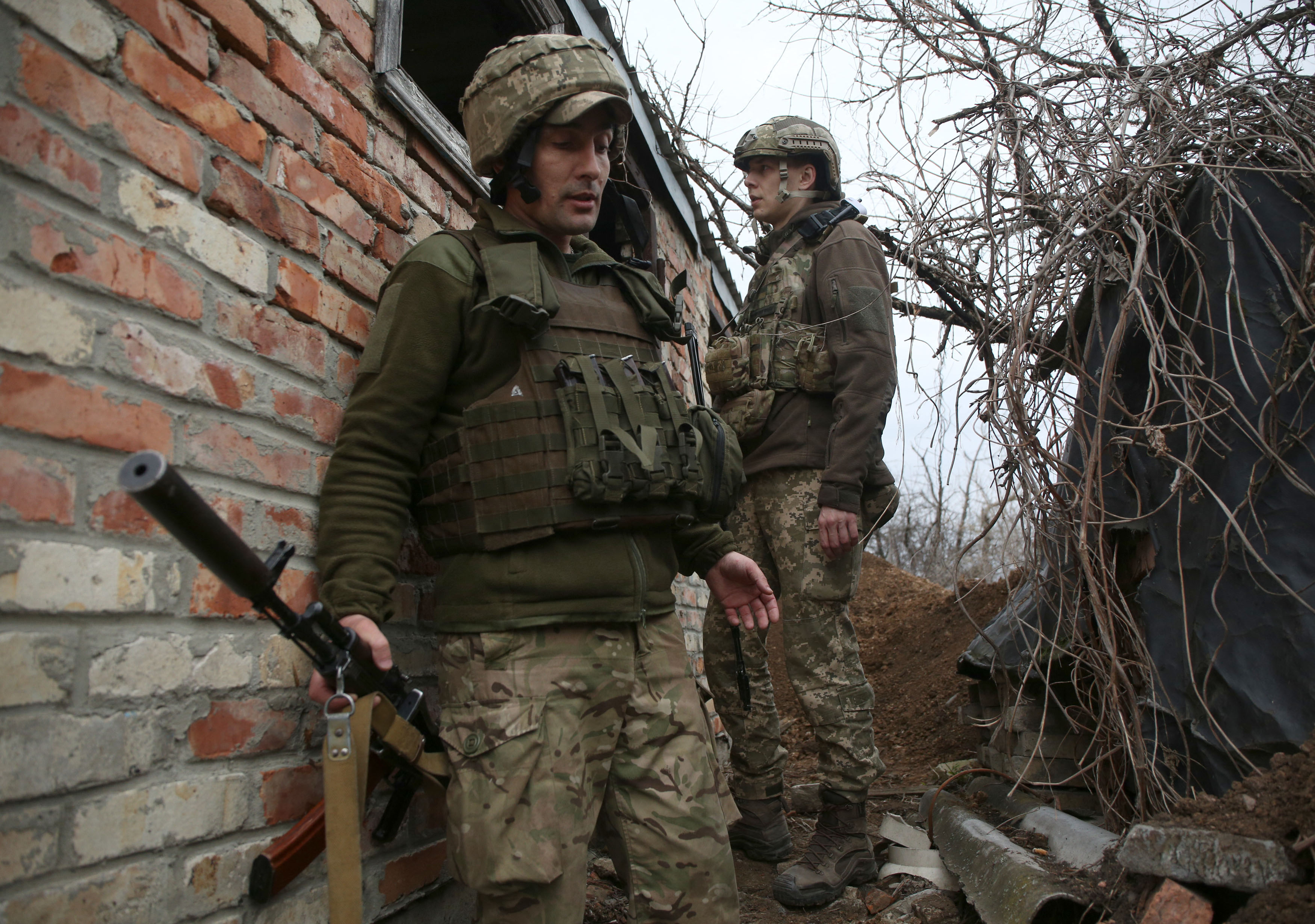
Kiev has sounded the alarm about Russia’s largest military buildup along Ukraine’s border since 2014 – the year Crimea was annexed, as speculation erupts as to whether Moscow intends to push a similar push into Ukrainian territory.
Clashes have intensified in recent weeks in the Donetsk and Luhansk regions of eastern Ukraine, the scene of hostilities between Kiev-backed troops and Russian-backed separatists.
Kiev says Russia has deployed more than 40,000 troops to Ukraine’s eastern border and more than 40,000 troops to Crimea. The increased presence prompted US Secretary of State Antony Blinken to warn Russia that there would be “consequences” if Moscow acted “recklessly or aggressively”.
Meanwhile, Ukraine’s foreign minister, Dmytro Kuleba, accused Russia of “openly threatening” the country with war and warned on Thursday that “if Russia crosses the red line, then it will have to suffer.”
Despite rising tensions, experts suggest that the prospect of an immediate mass invasion is unlikely.

Getty Images
Air Force General Tod Wolters, Europe’s top American general, told U.S. lawmakers on Thursday that there was a “low to medium” risk of such an incursion.
“My sense is, with the trend I see right now, that the likelihood of an event will begin to decline,” he told the House Armed Services Committee, later suggesting that the conclusion was based in part on Russian forces.
Mark Galeotti, an expert in Russia and an honorary professor at the University of London’s School of Slavonic and Eastern European Studies, said that despite the Russian accumulation, there was still no crucial logistical basis for a large-scale military offensive.
“This does not prevent them from starting to build them even more this afternoon.
“But it gives us a clue that, in fact, this is not the prelude to the great attempt to push a land bridge to the Crimea … or to any of the other nightmare scenarios that some people are building,” he said. Newsweek.
He predicted smaller scenarios, such as Russia, withdrawing troops after two weeks, “making sense that they can mobilize forces very quickly.”
Another possibility is that Russian troops are no longer trying to occupy territory, but are “simply trying to punish Ukrainian forces.”
“This is a coercive diplomacy of the heavy type and the worst we can expect is more violence along the line of contact, but obviously it is not surprising that people face the most unfavorable situations.” , said Galeotti.
Russia insists the troop movements are an internal affair with Defense Minister Sergei Shoigu, saying they were part of the training exercises against what he described as NATO threats.
In April, there is usually an increase in tensions along the border after the winter thaw and there may be sporadic collisions along the line of contact.
Author at Strongly weak: the limits of power in Putin’s RussiaTimothy Frye said there was little appetite among the Russian public for a conflict in eastern Ukraine, especially given that the Kremlin had previously struggled to distance itself from the deaths of Moscow-backed fighters in the region.
“Russian public opinion is very cautious about any kind of Russian military involvement in eastern Ukraine. If there were a loss of life, it could even return,” he said. Newsweek.
“A more likely scenario could be the insertion of Russian peacekeeping forces under the pretext of protecting Russian citizens who have received passports from the Russian government, who live in areas controlled by rebel forces.
“This is a tactic that could be sold at home and would also be a smaller step on the scale of escalation than a complete military invasion,” said Fyre, who is chairman of Columbia’s political science department.